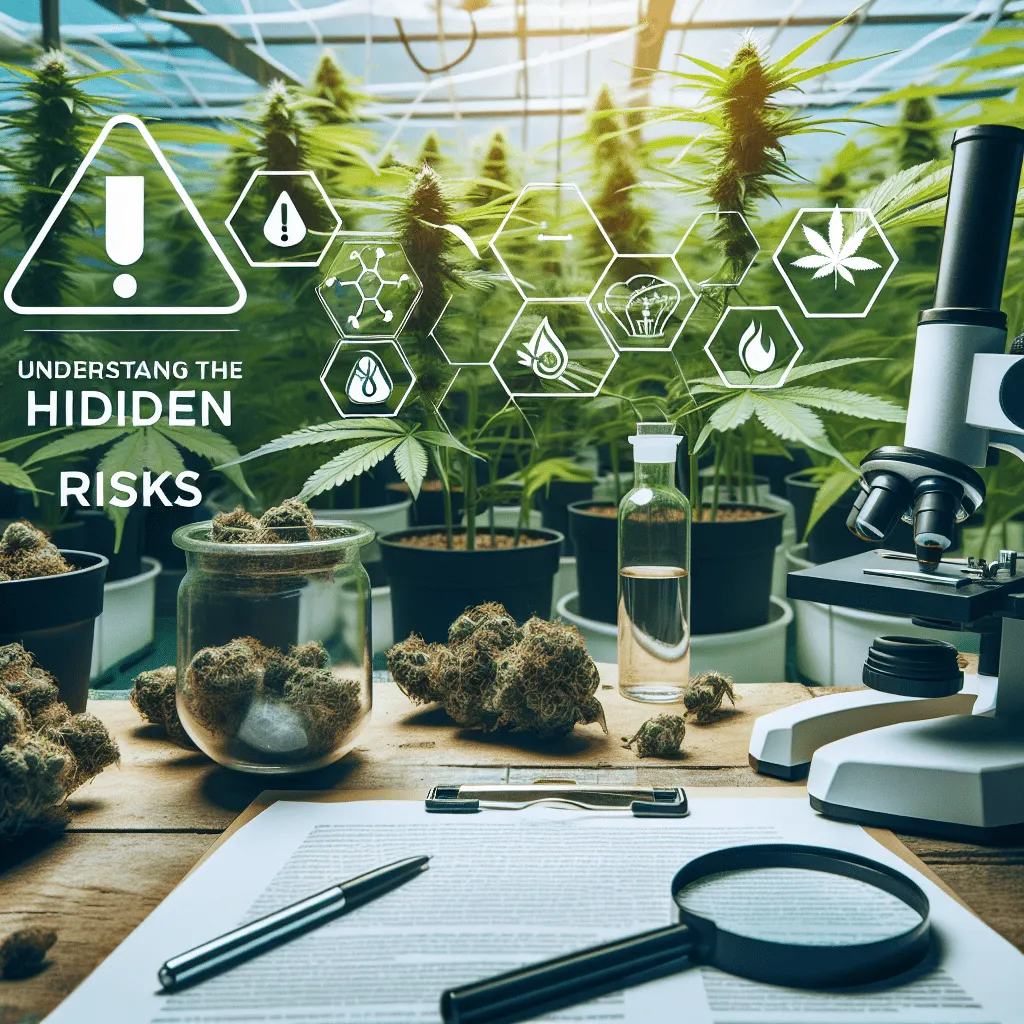A Look into Medical Cannabis Use
Medical cannabis has been a hot topic of debate and scientific inquiry for many years. As more regions across the globe legalize its use for therapeutic purposes, it’s crucial to understand both its potential and pitfalls. The conversation around medical cannabis frequently highlights its benefits, often overshadowing an equally important aspect: the risks involved. This article delves into those risks, providing an approachable and comprehensive guide to understanding what patients and healthcare providers should consider before starting cannabis-based treatment.
What is Medical Cannabis?
Medical cannabis refers to the use of the cannabis plant or its extracts to treat symptoms of illness and other conditions. Historically, cannabis has been used for medicinal purposes for centuries. However, modern scientific validation began in earnest only recently, as more legislative bodies have moved to decriminalize or legalize its medical use.
Cannabis contains over 100 chemical compounds known as cannabinoids, the most well-known being tetrahydrocannabinol (THC) and cannabidiol (CBD). THC is recognized for its psychoactive effects, while CBD is non-psychoactive, often praised for its potential therapeutic benefits. Medical cannabis is available in numerous forms, including oils, tablets, tinctures, and edibles, tailored to address different medical needs and preferences.
Exploring the Benefits and Risks
Benefits of Medical Cannabis
Before diving into the risks, it’s essential to establish why medical cannabis has garnered so much attention in recent years. It’s often prescribed to manage chronic pain, reduce muscle spasms related to conditions like multiple sclerosis, and help with nausea from chemotherapy, among other ailments.
A notable advantage is its potential to reduce reliance on opioids for pain management, which helps mitigate the ongoing opioid crisis. Additionally, preliminary studies suggest potential benefits in treating mental health conditions like PTSD and anxiety, although further research is necessary.
Understanding the Risks
While medical cannabis offers hope for many, it is not devoid of risks. Here are the primary concerns associated with its use:
1. Psychoactive Side Effects
With THC being a significant component of many cannabis strains, users can experience altered mental states. Common symptoms include impaired judgment, cognitive alterations, and, in some cases, increased anxiety or paranoia. Such effects can be particularly risky for individuals predisposed to mental health disorders, potentially exacerbating symptoms.
2. Dependency and Abuse Potential
Despite being touted for its medical benefits, cannabis has an inherent potential for dependency and abuse. According to the National Institute on Drug Abuse, approximately 9% of cannabis users will develop a dependence. This risk increases with early age usage and high THC concentrations.
3. Impacts on Physical Health
Chronic use of cannabis can lead to respiratory issues, especially when smoked. It’s known to contain carcinogens similar to tobacco smoke, posing a risk for lung conditions. Additionally, cannabis can affect cardiovascular health by elevating heart rate and posing risks for those with pre-existing heart conditions.
4. Interactions with Other Medications
Cannabis can interact with other prescribed medications, which might alter the drug’s effectiveness or amplify side effects. This is particularly concerning for individuals on medications with a narrow therapeutic index, where even small variations in drug levels can lead to significant adverse effects.
Practical Tips for Safe Use
To navigate the complexities of medical cannabis, it’s essential to employ strategies that mitigate risks while maximizing potential benefits.
1. Consult Healthcare Providers
Before beginning any cannabis treatment, it is vital to consult with healthcare professionals who are knowledgeable about cannabis. They can provide guidance based on individual medical history and current medications, ensuring a tailored approach.
2. Start with Low Doses
For new users, starting with low doses of THC and gradually increasing as needed helps minimize adverse psychoactive effects. This practice, often termed "start low and go slow," allows individuals to find a balance between managing symptoms and maintaining cognitive function.
3. Choose the Right Strain
Different cannabis strains have varying THC and CBD ratios. For those concerned about psychoactivity, strains with higher CBD and lower THC concentrations are typically recommended. Consulting dispensaries for knowledgeable staff advice can be a valuable resource.
4. Stay Informed
Given the rapidly evolving landscape of cannabis research and legislation, staying informed through reliable resources ensures that users make educated decisions. Reputable medical journals, government health sites, and ongoing dialogue with healthcare providers can provide the latest information.
5. Monitor Health Regularly
Regular check-ups with healthcare providers to monitor the impacts of cannabis on one’s health are crucial. This not only helps assess the effectiveness of treatment but also catches any adverse effects early.
Conclusion
Medical cannabis represents a fascinating frontier in modern medicine, offering relief to many individuals where traditional therapies have fallen short. However, understanding the potential risks is vital for making informed decisions. By maintaining an open dialogue with healthcare providers, starting slow, and choosing appropriate strains, individuals can harness the therapeutic potential of cannabis while minimizing risks.
For those interested in diving deeper into the subject, numerous resources are available online. Sharing experiences and insights in comment sections or forums can often provide practical, firsthand accounts that enrich one’s understanding.
Informed and cautious exploration of medical cannabis can lead to a life-changing remedy for many when approached thoughtfully. If you have insights or experiences related to medical cannabis, feel free to share your thoughts in the comments below!
Share this content:



